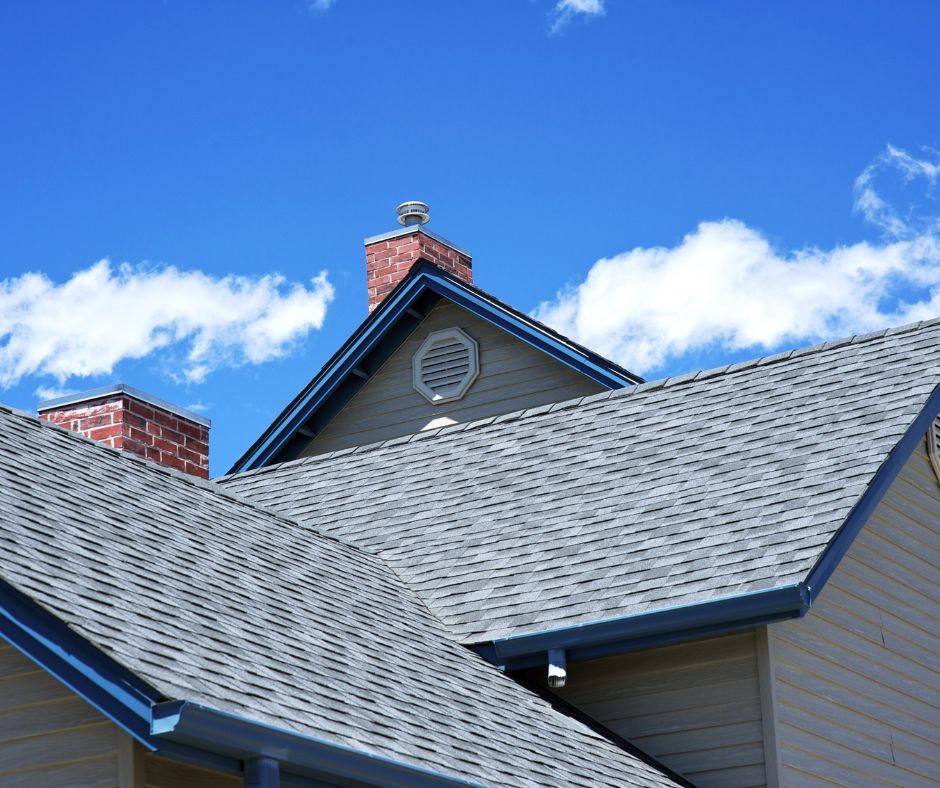Do you know what flashing is when it comes to roofing?
It’s a crucial component that helps keep your roof watertight and protected from leaks. In this article, we’ll explore the definition and purpose of flashing and why it’s so crucial in roofing.
We’ll also dive into the different types of roofing flashing and provide tips on properly installing and maintaining it. Get ready to learn all about this essential roofing element with the help of our knowledgeable roofing contractors.
Definition and Purpose of Flashing
Flashing in roofing is a vital component that prevents water leakage at vulnerable points on your roof, such as joints and intersections, by directing water away from these areas. It acts as a protective barrier, ensuring water doesn’t seep into your home and cause damage.
Flashing materials are typically made of durable materials such as aluminum, copper, or galvanized steel, which can withstand harsh weather conditions and provide long-lasting protection.
These materials are installed using various flashing techniques, including step flashing, continuous flashing, and counter flashing. By utilizing appropriate flashing materials and techniques, you can ensure the integrity and longevity of your roof.
Importance of Flashing in Roofing
To ensure the integrity and longevity of your roof, it is essential to understand the importance of adequately installed flashing in preventing water leakage and potential damage.
Flashing acts as a barrier, protecting vulnerable areas of your roof from moisture penetration.
Here are four reasons why proper flashing techniques are crucial:
– Waterproofing: Flashing creates a watertight seal, preventing water from seeping into gaps and joints.
– Structural stability: By diverting water away from critical areas, flashing helps maintain the structural integrity of your roof.
– Mold and mildew prevention: Efficient flashing minimizes the potential for moisture accumulation, mitigating the risk of mold and mildew development.
– Energy efficiency: Properly installed flashing helps to maintain a consistent indoor temperature, reducing the need for excessive heating or cooling.
Recognizing signs of flashing failure, such as water stains on the ceiling, peeling paint, or rotting wood, is vital in addressing issues promptly. Regular inspections and maintenance will ensure your flashing remains intact and your roof is protected.
Common Types of Roofing Flashing
When it comes to roofing, you should be aware of several common types of flashing. These types of flashing materials are essential for preventing water leakage and protecting vulnerable areas of your roof.
One common type of flashing is step flashing, typically used where the roof meets a sidewall. Step flashing consists of small, L-shaped pieces of metal that are layered and interlaced with shingles and wall materials to create a watertight seal.
Another common type is valley flashing, used in areas where two roof surfaces, such as valleys or slopes, meet at an angle. Valley flashing is typically made of metal or rubber and helps to channel water away from these vulnerable areas.
Other flashing materials include a chimney, drip edge, and skylight flashing. While flashing is crucial for maintaining a watertight roof, it can also encounter common problems such as rust, corrosion, and improper installation.
Regular inspections and maintenance can help identify any issues with flashing and ensure that it protects your roof effectively.
Installation and Maintenance of Flashing
After an installation, to maintain your flashing, you should regularly inspect it for any signs of damage or deterioration.
Flashing materials can vary depending on the type of roof and the specific needs of your building. Some common flashing materials include galvanized steel, aluminum, copper, and rubber.
When inspecting your flashing, look for cracks, gaps, or rust spots that could compromise its effectiveness. If you notice any issues, addressing them promptly is vital to prevent water leakage and potential structural damage.
Flashing repair techniques can include:
- Sealing cracks with roofing cement.
- Replacing damaged sections.
- Applying a new layer of flashing altogether.
Regular maintenance and timely repairs will help ensure that your flashing protects your roof from water penetration and other potential issues.

1 Comment
What Is a Drip Edge in Roofing? - Premier Home Solutions
November 11, 2023[…] What is Flashing in Roofing? […]